One of the first quantum simulators has produced a puzzling phenomenon: a row of atoms that repeatedly pops back into place. Physicists have been racing to explain what might be going on.


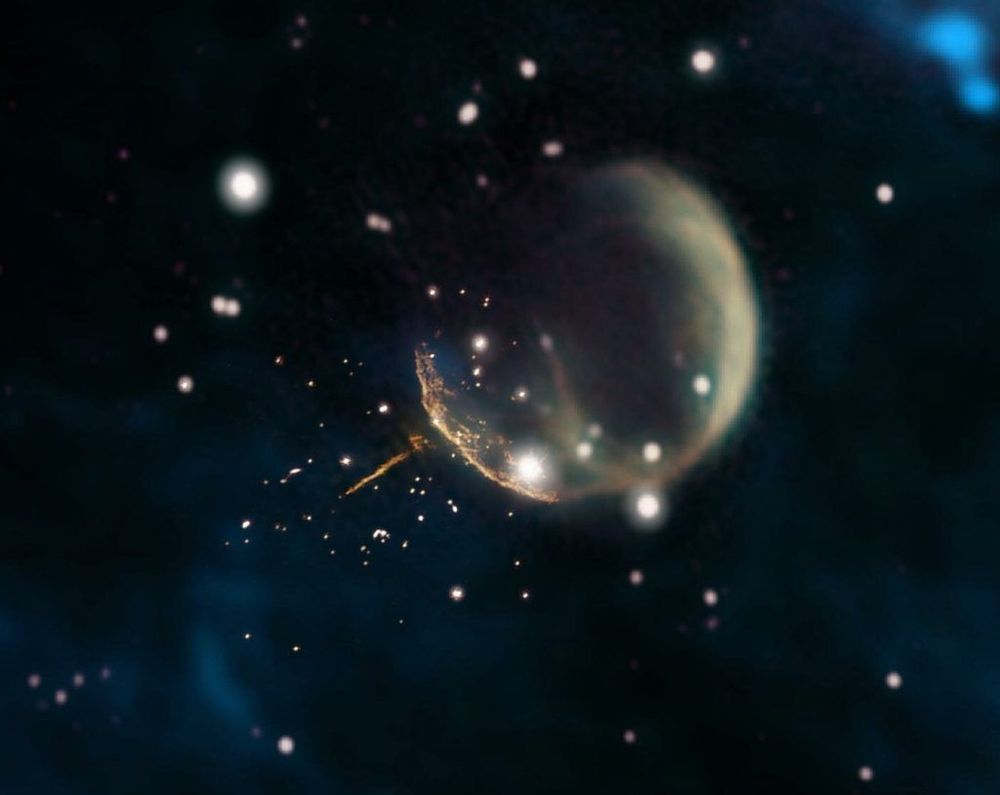
Astronomers observed a ghostly pulsar, a superdense, rapidly spinning neutron star exploded from a supernova 10,000 years ago, racing through space at nearly 2.5 million miles an hour—so fast it could travel the distance between Earth and the Moon in just 6 minutes. The discovery was made using NASA’s Fermi Gamma-ray Space Telescope and the National Science Foundation’s Karl G. Jansky Very Large Array (VLA).
The pulsar lies about 53 light-years from the center of a supernova remnant called CTB 1. Its rapid motion through interstellar gas results in shock waves that produce the tail of magnetic energy and accelerated particles detected at radio wavelengths using the VLA. The tail extends 13 light-years and clearly points back to the center of CTB 1.
This one, dubbed PSR J0002+6216 (J0002 for short), sports a radio-emitting tail pointing directly toward the expanding debris of a recent supernova explosion. “Thanks to its narrow dart-like tail and a fortuitous viewing angle, we can trace this pulsar straight back to its birthplace,” said Frank Schinzel, a scientist at the National Radio Astronomy Observatory (NRAO) in Socorro, New Mexico. “Further study of this object will help us better understand how these explosions are able to ‘kick’ neutron stars to such high speed.”
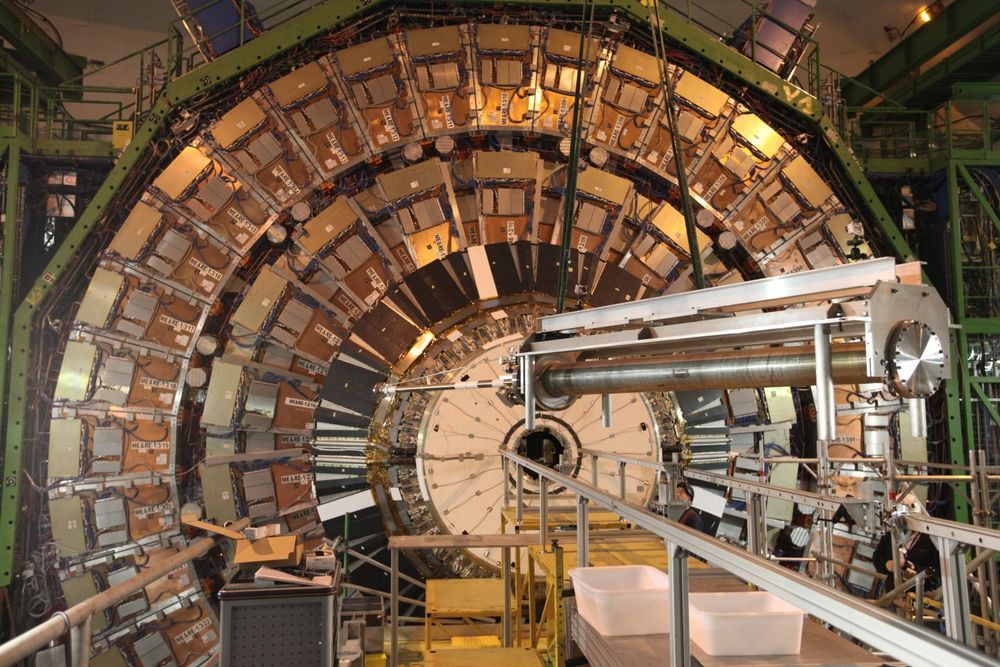
In February, the CMS and MoEDAL collaborations at CERN signed an agreement to hand over to MoEDAL a section of the LHC beam pipe that was located inside CMS between 2008 and 2013. The delicate object, 6 metres long and made of beryllium, will now be sliced and fed into a highly precise magnetic sensors in order to allow MoEDAL to look for magnetic monopoles: hypothetical particles with only a single magnetic pole – north or south – unlike north-south dipoles we are familiar with.
Paul Dirac posited the existence of magnetic monopoles in 1931, and, although never observed, they could be produced in collisions within the LHC. They would not travel very far after being produced, binding with the beryllium nuclei of the beam pipe and remaining there awaiting discovery.
The MoEDAL collaboration will cut the beam pipe at a special facility at the Centre for Particle Physics at the University of Alberta in Canada and ship the pieces back across the Atlantic to ETH Zurich in Switzerland to look for electromagnetic anomalies in them. Many theories attempting to unify all of the known forces into a single force (so-called “Grand Unified Theories”) require the existence of monopoles and finding them could open the door to all-new physics.

Up until now, the ability to make gray goo has been theoretical. However, the scientists at the Columbia University School of Engineering and Applied Science have made a significant breakthrough. The individual components are computationally simple but can exhibit complex behavior.
Current robots are usually self-contained entities made of interdependent subcomponents, each with a specific function. If one part fails, the robot stops working. In robotic swarms, each robot is an independently functioning machine.
In a new study published today in Nature, researchers at Columbia Engineering and MIT Computer Science & Artificial Intelligence Lab (CSAIL), demonstrate for the first time a way to make a robot composed of many loosely coupled components, or “particles.” Unlike swarm or modular robots, each component is simple, and has no individual address or identity. In their system, which the researchers call a “particle robot,” each particle can perform only uniform volumetric oscillations (slightly expanding and contracting), but cannot move independently.
The team, led by Hod Lipson, professor of mechanical engineering at Columbia Engineering, and CSAIL Director Daniela Rus, discovered that when they grouped thousands of these particles together in a “sticky” cluster and made them oscillate in reaction to a light source, the entire particle robot slowly began to move forward, towards the light.

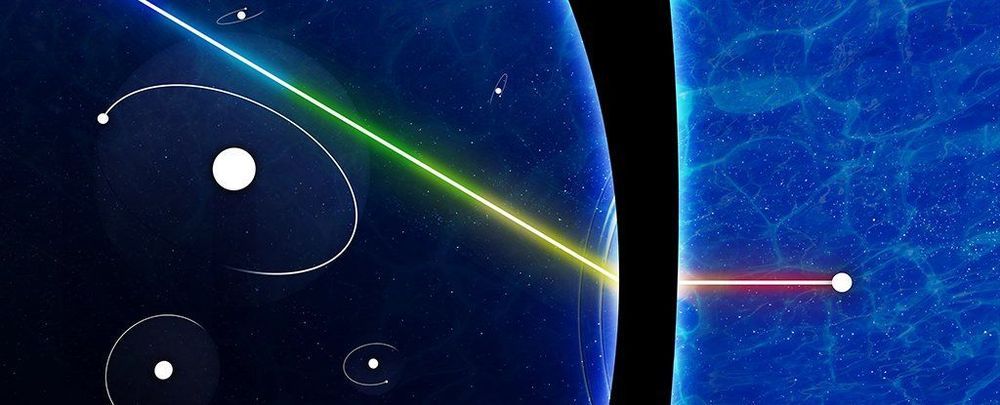
In quantum physics, particles can ’tunnel’ through seemingly impenetrable barriers, even when they apparently don’t have the energy to do so. Now, researchers have gleaned behind the curtain to better understand how this trick is done.
This problem has puzzled scientists for decades – in particular, the time it takes for particles to do their quantum tunnelling, and get from one side of a barrier to another.
In the case of the atomic hydrogen particles used in these experiments, the researchers found that it happens instantaneously.

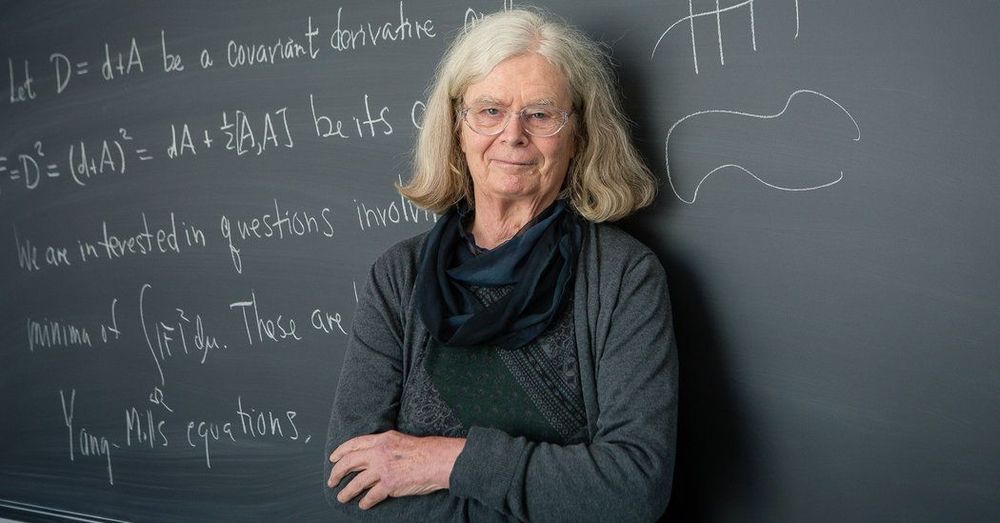
For the first time, one of the top prizes in mathematics has been given to a woman.
On Tuesday, the Norwegian Academy of Science and Letters announced it has awarded this year’s Abel Prize — an award modeled on the Nobel Prizes — to Karen Uhlenbeck, an emeritus professor at the University of Texas at Austin. The award cites “the fundamental impact of her work on analysis, geometry and mathematical physics.”
One of Dr. Uhlenbeck’s advances in essence described the complex shapes of soap films not in a bubble bath but in abstract, high-dimensional curved spaces. In later work, she helped put a rigorous mathematical underpinning to techniques widely used by physicists in quantum field theory to describe fundamental interactions between particles and forces.
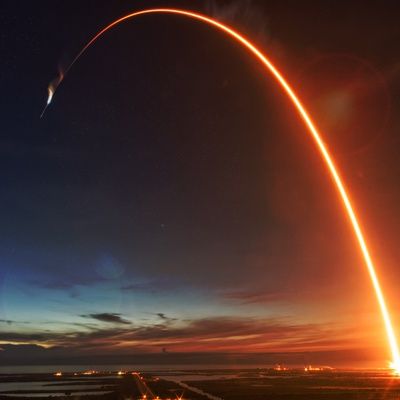
Defense officials have asked for $304 million to fund research into space-based lasers, particle beams, and other new forms of missile defense next year.
Defense officials want to test a neutral particle-beam in orbit in fiscal 2023 as part of a ramped-up effort to explore various types of space-based weaponry. They’ve asked for $304 million in the 2020 budget to develop such beams, more powerful lasers, and other new tech for next-generation missile defense. Such weapons are needed, they say, to counter new missiles from China, Russia, North Korea and Iran. But just figuring out what might work is a difficult technical challenge.
So the Pentagon is undertaking two studies. The first is a $15 million exploration of whether satellites outfitted with lasers might be able to disable enemy missiles coming off the launch pad. Defense officials have said previously that these lasers would need to be in the megawatt class. They expect to finish the study within six months.

Scientists in India observed the highest-voltage thunderstorm ever documented with the help of a subatomic particle you might not hear much about: the muon.
The researchers operate the GRAPES-3 telescope, which measures muons, particles that are similar to electrons but heavier. Specifically, the Gamma Ray Astronomy at PeV EnergieS Phase-3 (GRAPES-3) muon telescope measures high-energy particles from outer space called cosmic rays. It typically picks up 2.5 million muons each minute, mapped on a 13-by-13 grid across the sky. But during thunderstorms, it experiences quick changes to the amount of muons it receives. The GRAPES-3 researchers added electric field monitors to the experiment, and devised a way to turn these muon fluctuations into measurements of the voltage of passing storms.